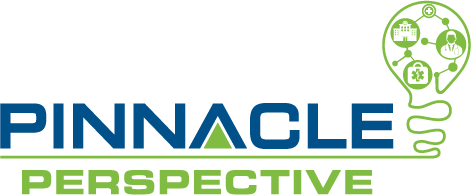
If you have questions about how to properly bill Medicare for bilateral procedures, the National Correct Coding Initiative (“NCCI”) policy manual has your answers. Starting on page 30 of chapter 1 of the 2024 NCCI manual, they give detailed instructions.
Step one – Look your code up in the Medicare Physician Fee Schedule Database (“MPFSDB”). Don’t know where to find the MPFSDB? No worries, we have you covered. The most direct way is to go to the Centers for Medicare and Medicaid Services’ (“CMS”) website and use their Fee Schedule Tool which is included the references section below. Follow these steps to pull up your fee:
-
- Click on the button that reads “begin search.”
- Click “accept” on the CMS disclaimer.
- Select the year for your date of service.
- Select “payment policy indicators” for type of information.
- Select single HCPCs code for HCPCs criteria.
- Enter your HCPCs code.
- Select all for modifiers.
- Then hit the search fees button.
Step two – Once you get your search results for your code, look at the BILT SURG column to see what the bilateral indicator is.
- Bilateral indicator of “0” – Only “1” unit can be billed regardless of whether the procedure is performed bilaterally or unilaterally. Procedure code should not be reported with a 50 or RT/LT modifier.
Code 71045 (X-ray exam chest 1 view) has a bilateral indicator of “0.” Report on one line with one unit. Do not append modifiers 50, RT or LT.
- Bilateral indicator of “1” – Billing depends on whether it is a surgical or diagnostic procedure.
- For surgical procedures – report 1 unit with modifier 50.
Code 20610 (Drain/inj joint/bursa w/o us) has a bilateral indicator of “1.” Report on one line as 20610-50 x 1 unit. - For diagnostic procedures – You have two options. You can either report 1 unit with modifier 50 or you can report on two lines with 1 unit on each line. Append modifier RT on the first line and modifier LT on the second line.
- For surgical procedures – report 1 unit with modifier 50.
- Bilateral indicator of “2” – Report on one line with one unit, but the procedure will be priced as bilateral.
Code 31231 (Nasal endoscopy, diagnostic, unilateral or bilateral) has a bilateral indicator of 2. If performed bilaterally you would report 31231 with 1 unit and no modifier. The payment of the code is set as though the procedure is bilateral.
- Bilateral indicator of “3” – Billing will depend on whether it is a surgical or diagnostic procedure.
- For surgical procedures – report 1 unit with modifier 50.
- For diagnostic procedures – You have three options.
- You can report with 2 units on one claim line – for example: 70030 x 2 units.
- You can report with 1 unit on one claim line with modifier 50 – for example: 70030-50 x 1 unit.
- You can report on 2 claims lines with one unit each with modifier RT on the first line and modifier LT on the second line. As in these two examples:
70030- RT x 1 unit (first line)
70030-LT x 1 unit (second line)
- Bilateral indicator of “9” – Concept does not apply.
Because MAC guidelines may vary, always check with your MAC for their specific rules.
Keeping up with the nuances of NCCI edits can be exhausting. PERCS is here to help you to remain compliant. If you have any questions or need assistance, please contact Angie Wood, CPC, Sr. Physician Auditor and Educator at AWood@AskPHC.com or Lori Carlin, CPC, COC, CPCO, CCS, CRC, Principal, at LCarlin@AskPHC.com. They will be readily available to answer your questions and provide expert advice, so you are well equipped to move forward!
References:
Fee Schedule Look Up Tool: https://www.cms.gov/medicare/physician-fee-schedule/search/overview
